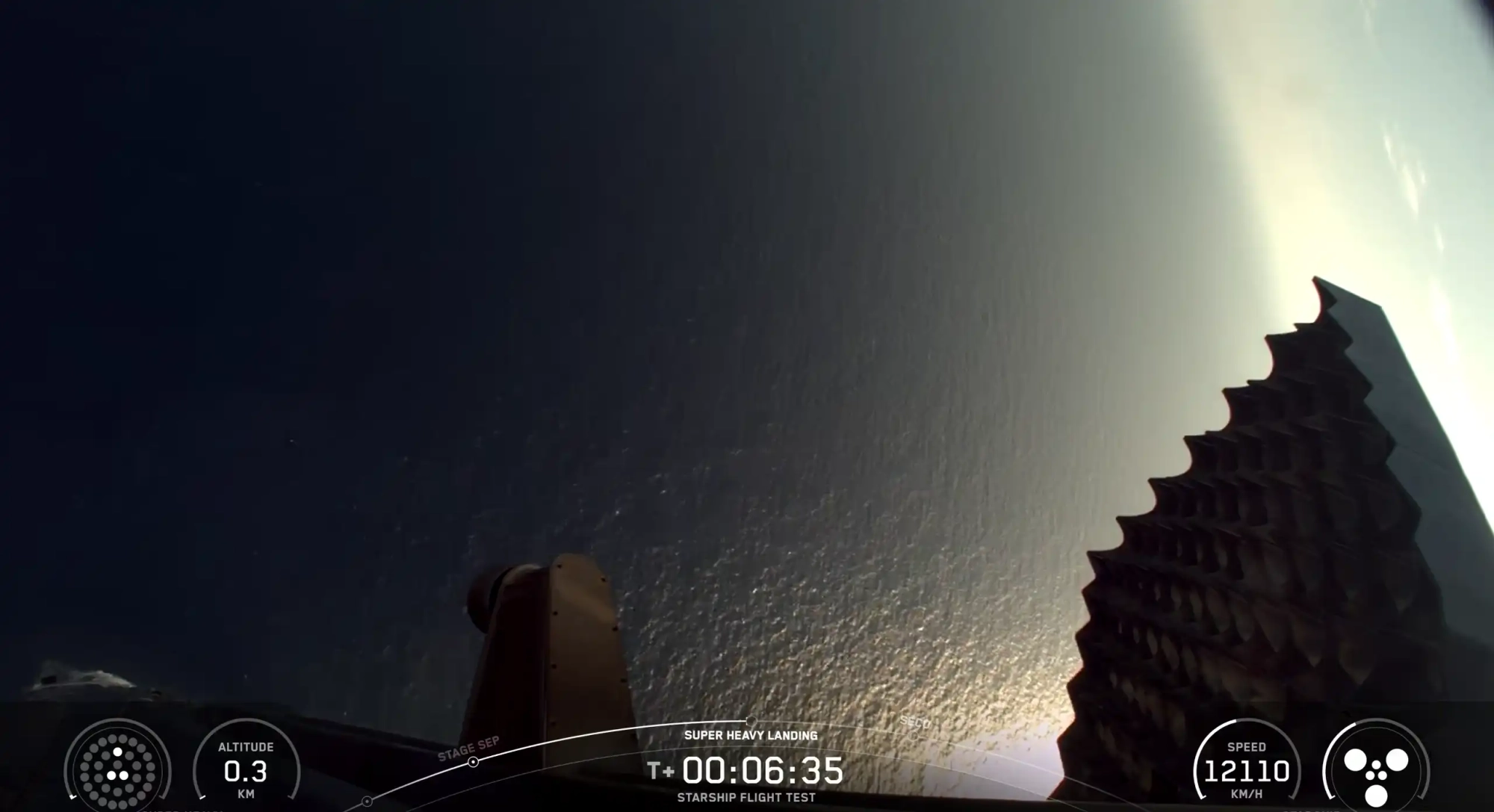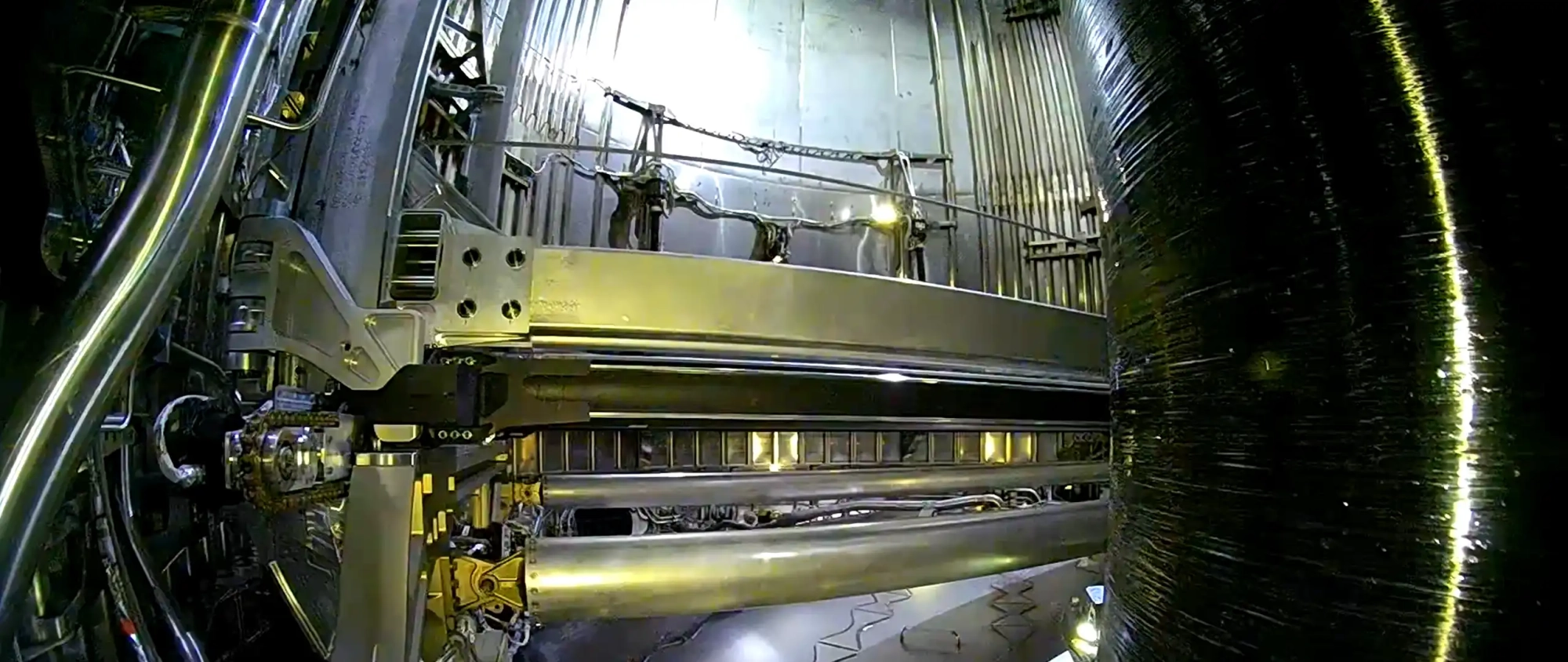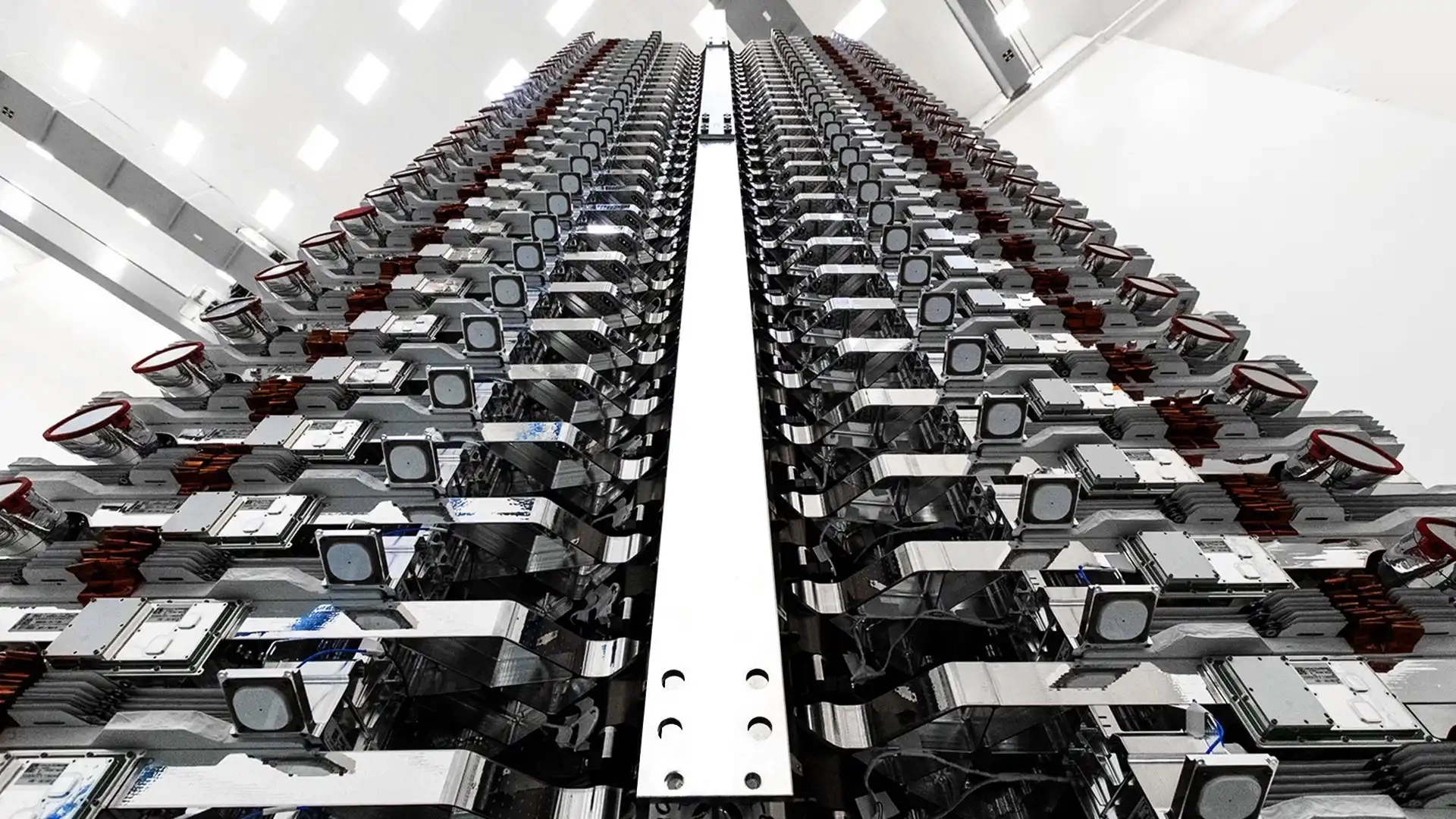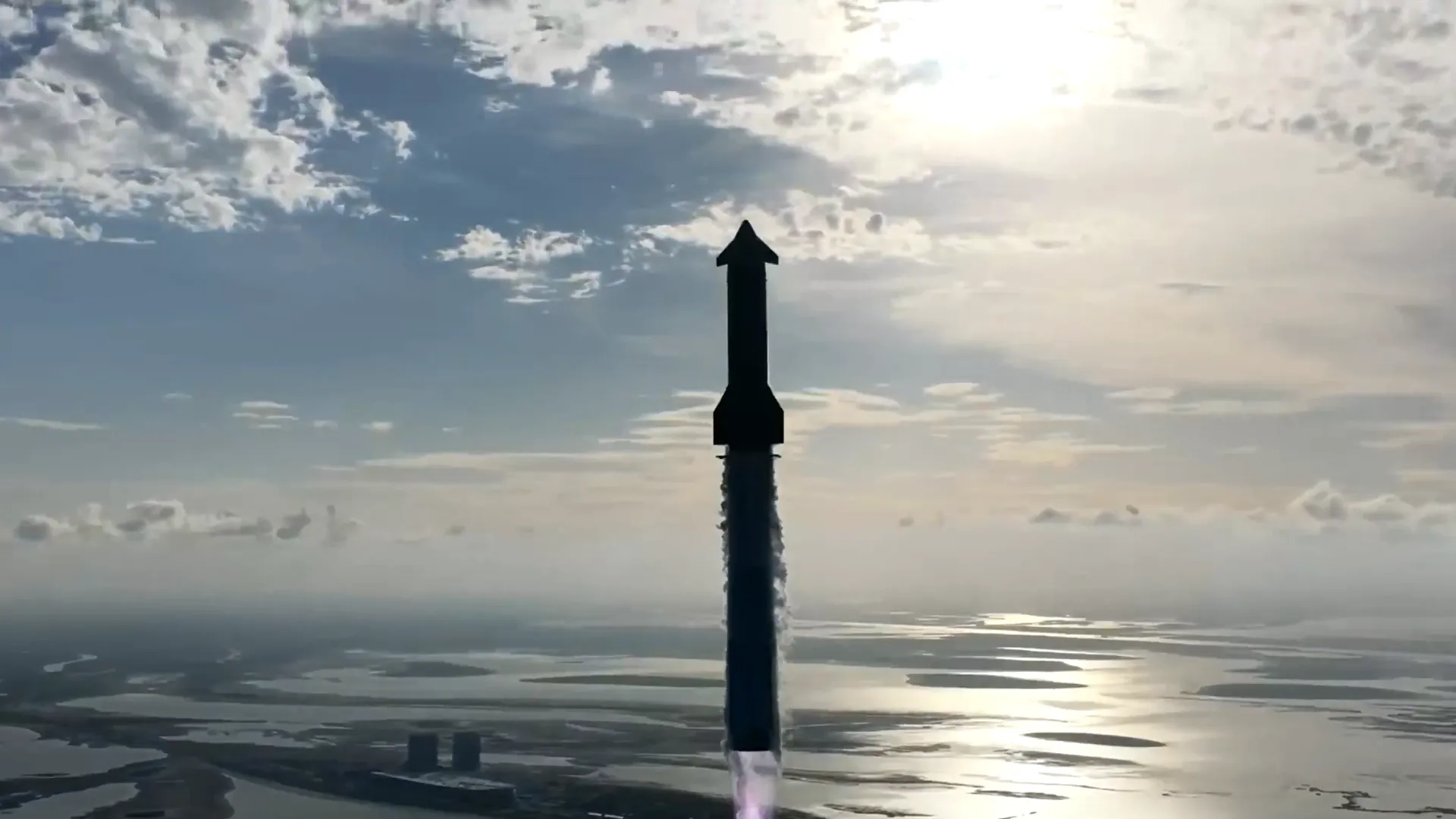After a series of setbacks, including a scrub due to weather and a problem with the launch pad, the 10th launch of Spacex's enormous rocketStarshipwent off without a hitch.
August 26th's mission had a few important objectives:
On liftoff, all 33 of Superheavy's engines started up, and only one shut down during ascent. Starship and superheavy (often called Booster) successfully separated, and all of Starship's engines ignited successfullysomething that has occasionally been a problem.
As Booster approached the ocean, most of the inner ring engines reignited successfully, and the first stage appeared to gently touch town on the surface of the oceanan apparent success.
 SpaceX
SpaceX
Back up in space, Starship was successfully able to deploy all the simulated V3 Starlink satellitesa big win for Starlink's ambitious satellite constellation-and successfully relit a raptor engine.
 SpaceX
SpaceX
Unlike most rockets throughout history, and even in use today, Starship is intended to be fully and rapidly reusable, much like modern planes are.
Starship has been in development for years, but recent launches have been plagued by issues. Engines have failed to restart reliably, the door on Starship stubbornly refuses to open, and they've suffered a few losses on reentry. On one occasion, the first and second stage completely failed to separate, and it briefly tumbled out of control before finally detonating.
However, there has been gradual progress made on all of those fronts.
 SpaceX
SpaceX
SpaceX intends to use Starship as its workhorse rocket that will carry the next, much larger, generation of Starlink satellites. The next generation of Starlink satellites that will launch aboard Starship are slated to add 30 terabits of capacity to the existing network per launch, with the eventual intention of making gigabit wireless connectivity worldwide a reality.
Additionally, Starship is an important part of NASA's planned manned Lunar Artemis program in the late 2020s and early 2030s.
Looking beyond the Moon, Starship is intended to eventually carry humans to the Martian surface for the first time.
However, all of that rides (literally) on the ability of Starship to reliably deploy payloads in orbit and refuel before proceeding to objectives deeper in space.




